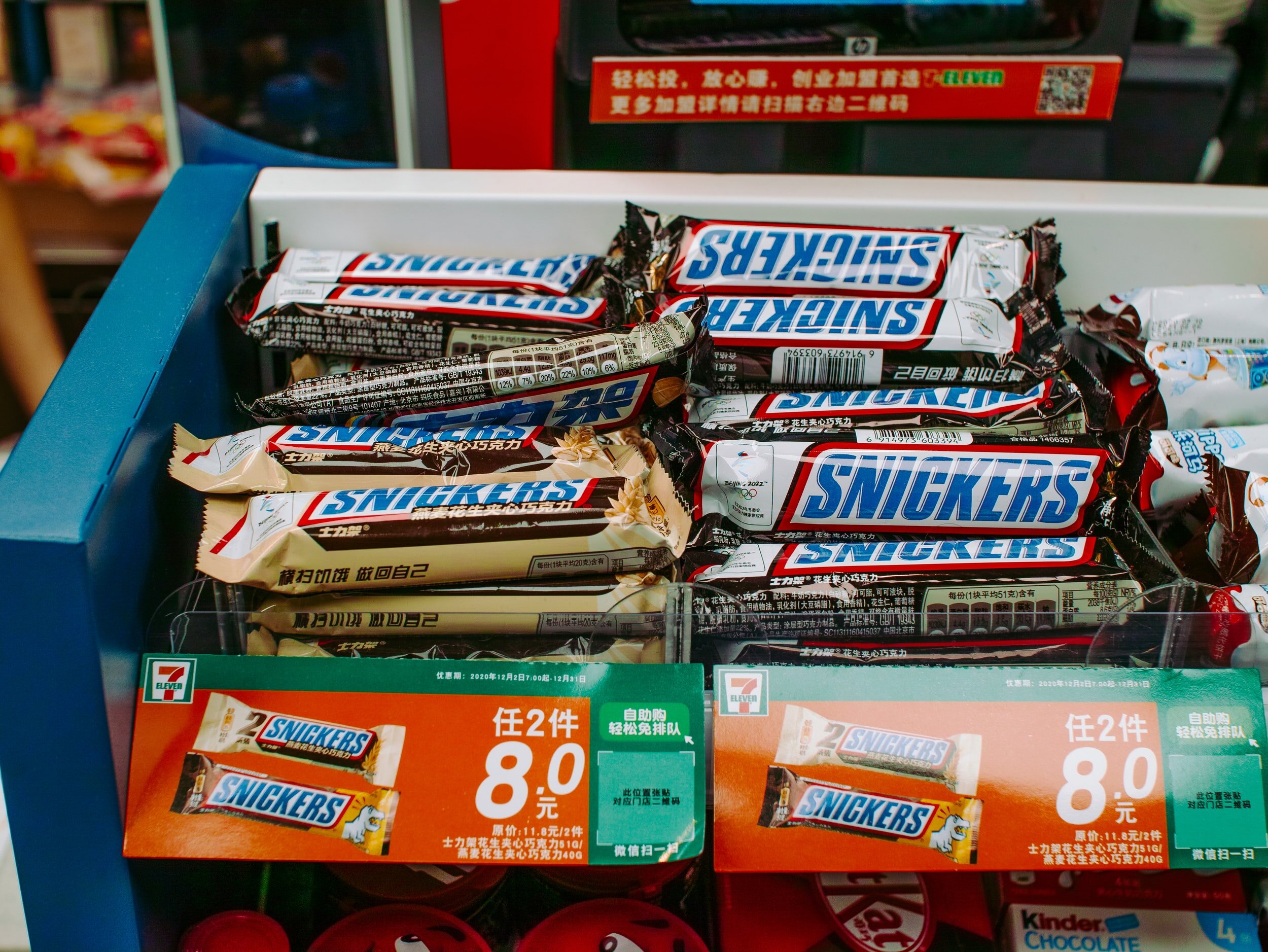Demand Expected to Grow 20% Over 2020 - 2025
“Unlike what novices often believe, chocolate gets its flavor characteristics primarily on cacao farms, rather than at the chocolate factories.”
— Zelia Frangioni, 2020. Cacao expert and judge.
Genuine Happiness
COVID-19 and global lockdowns have put many things into perspective for consumers. Cocoa represents childhood memories, guilty pleasures, fine foods, and much more. 2020 saw chocolate, and general confectionary, sales grow tremendously. The US, for example, reported a 75.5% growth in online chocolate sales in 2020. Global consumer trends show that two types of chocolate are growingly in favor. Paradoxically, these two chocolate types are those which make consumers feel nostalgic and those which make consumers feel excited. Nostalgic buyers are older generations who reminisce, while excited buyers tend to be young and desire ‘Instagram-able’ products.
Developing Country Consumerism
Consumer market growth in developing country has grown the demand for chocolate as nutritional diets growingly resemble Western traditions. Notably thanks to Asia’s growth, cocoa has seen a price rise in the past 20 years. Japan and China have grown the most on the demand-side of cocoa. Interestingly, Vietnam and the surrounding Southeast Asia region have also enjoyed growth in cocoa, although more so on the supply-side.
Growing Health Awareness
Growing awareness of cocoa’s health benefits has grown demand, notably with North American and Western European consumers. The edible part of a cocoa bean contains about 55% fat and 25% carbohydrates. After roasting, it contains about 12% protein, 3.5% minerals and vitamins, and 1.3% theobromine. Dark chocolate has been a champion of this, as its higher cocoa percentage, relative to other chocolates, has made its healthy qualities more potent. This has a double effect on cocoa: growing chocolate consumption (due to its health benefits) increases demand, which is doubled when dark chocolate (which demands more cocoa) is increasingly in demand.


